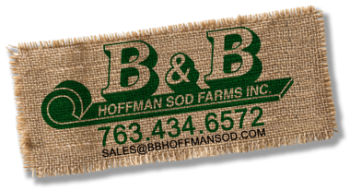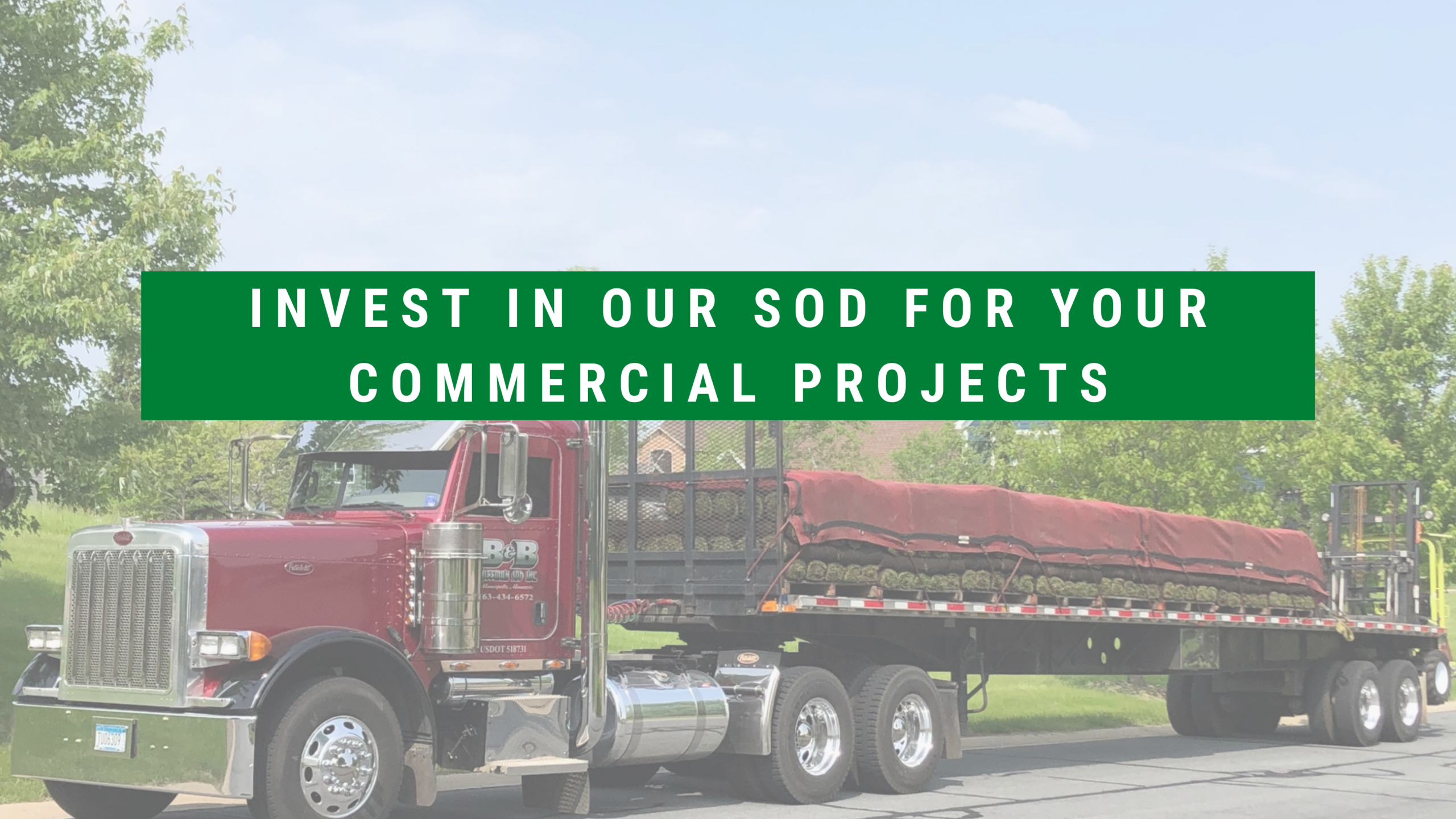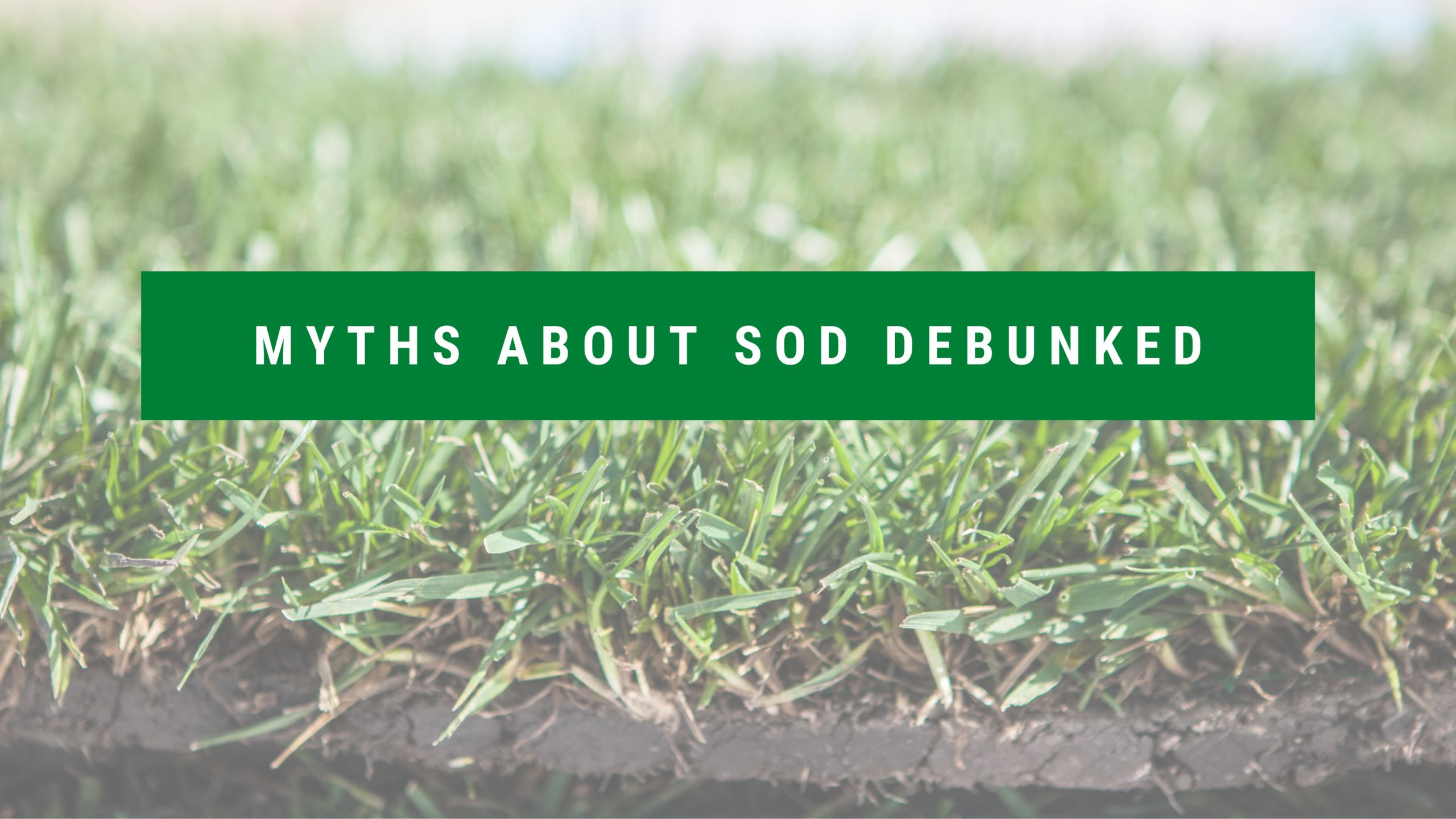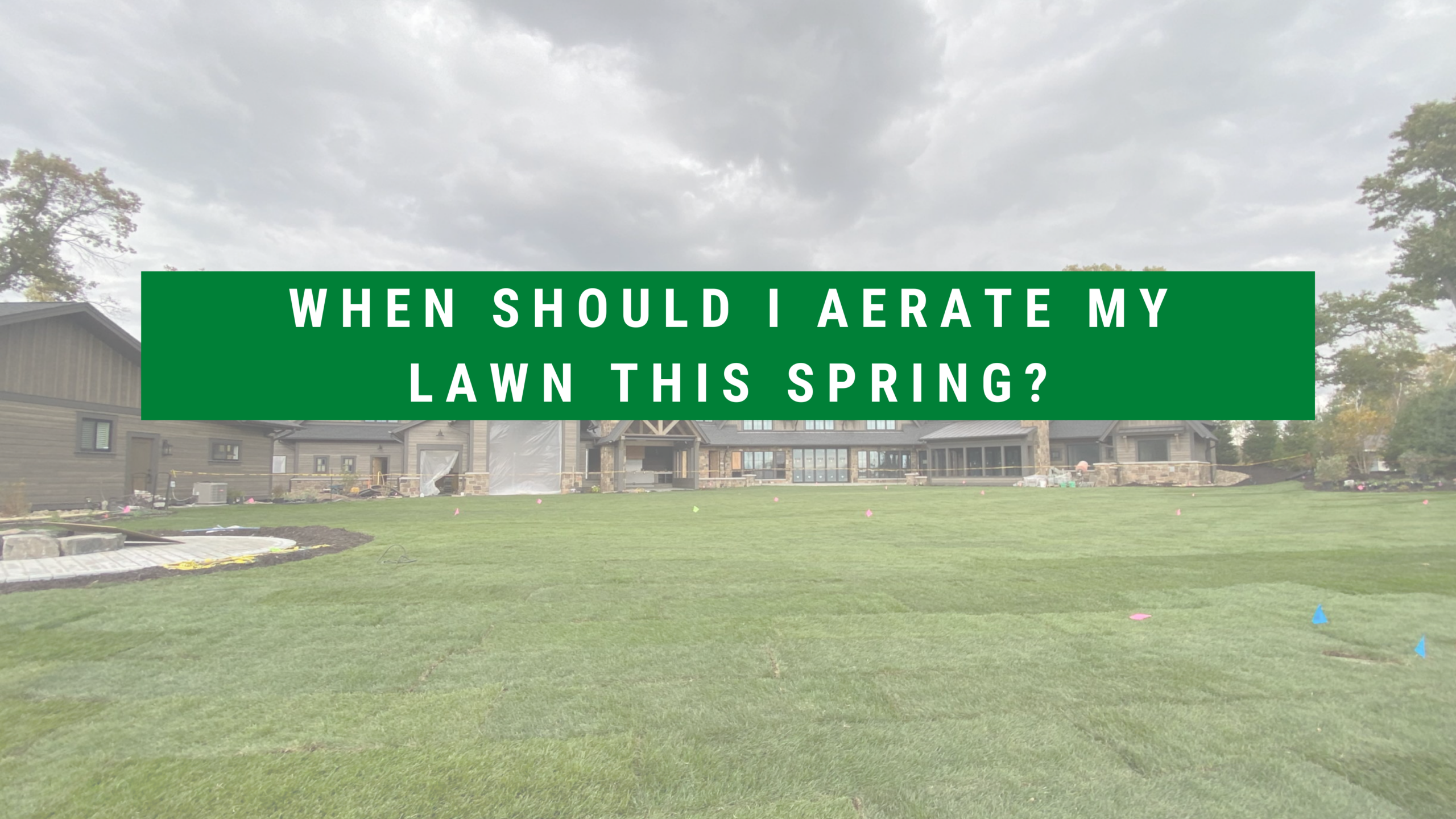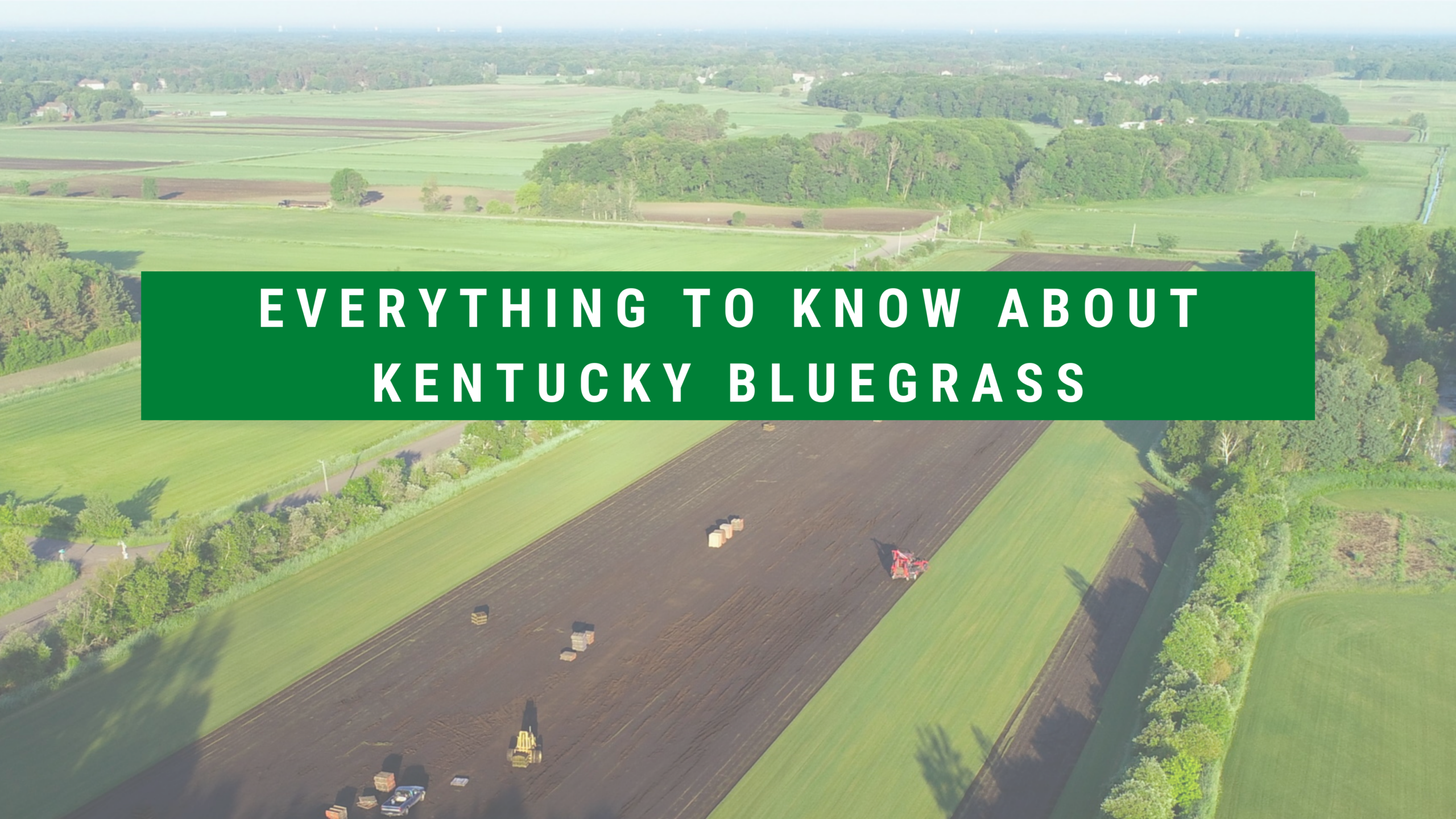As temperatures begin to cool and leaves fall, autumn brings ideal conditions to care for your lawn. Before thinking about dusting off that snowblower, here are a few tips to ensure your lawn will be beautiful next spring.
Lay Sod. If you’ve been waiting to lay sod, now is the time to do so. Cool temperatures and regular rainfall allows sod to retain moisture and root quickly. Since we are experiencing a rather hot fall so far, plan to install sod on an overcast day to avoid stress on the plant. Prepare your soil by removing debris on the surface and filling in any small holes. Use a rake to loosen the soil and add any topsoil you may need. Apply the sod in a brick-like pattern, using a utility knife to fit the sod together tightly. Once the sod is in place water it immediately. Typically, it takes sod 2-3 weeks to root completely; avoid mowing until roots are strong, approximately 14 days after installation.
Let your soil breathe. Aerate your existing lawns in the cooler fall season to reap the benefits year round. Aeration creates small holes into the soil, either by using a spike or a machine to remove a core of grass and soil from the lawn. Benefits of aerating are: stronger grass roots, reduced water runoff, improved air exchange between the soil, and less susceptibility to disease. Increase root growth by allowing your grass to breath and minimizing thatch build up by aerating prior to applying a fall fertilizer.
Apply fall fertilizer. While many homeowners may think fertilizer should be applied in the spring, fall is an ideal time to refresh your lawn before going dormant in the winter. Fall fertilization will assist in storing food and ensuring strong roots throughout the winter, and greener grass after the spring thaw. Apply fertilizer around the first week in October for best results.
Purchase sod and winterizing fertilizer from B&B Hoffman Sod Farms in Elk River. To learn more about us and products we offer, visit us online or call 763-434-6572.
